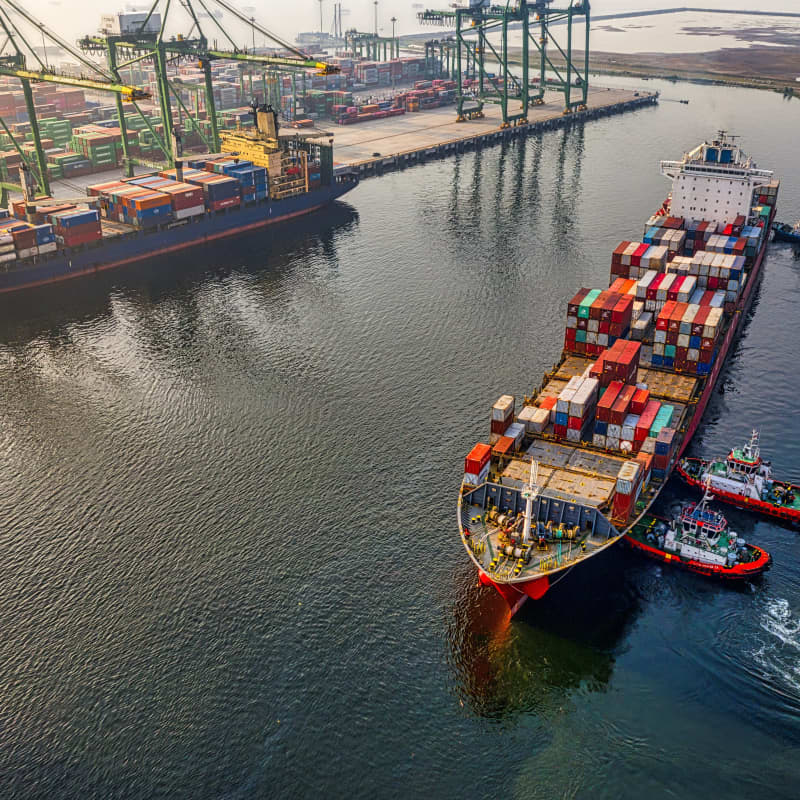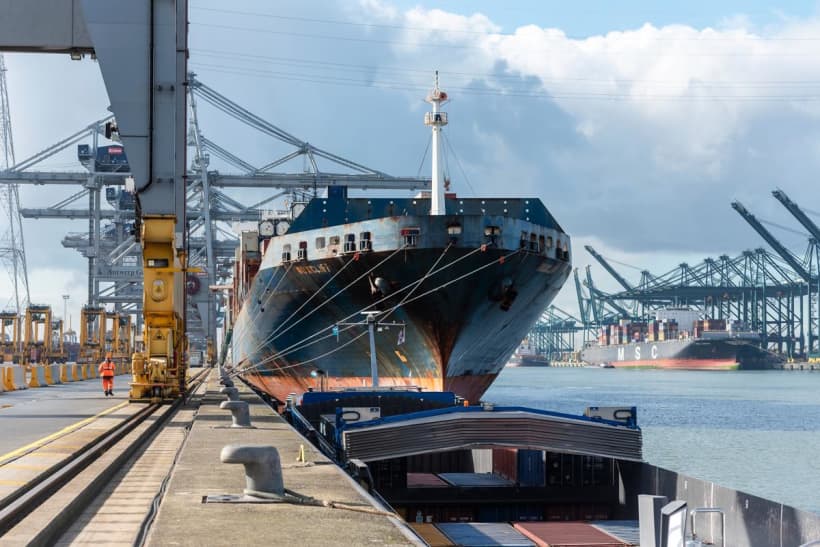Port strategy
Flanders has 3 major seaports and they all have their own interests and emphases: Port of Antwerp-Bruges, North Sea Port and the Port of Ostend. The aim of the Flemish Port Strategy is to complement and strengthen the individual strategies of these ports. But to do that, we need to join forces. That is the only way we can efficiently address the challenges for the ports and logistics sector and create tailor-made solutions, including for Flanders.

Objectives
- Stap 1
Strengthening the competitiveness of the ports
- Stap 2
Achieving sustainable growth and development
- Stap 3
Increasing added value
To achieve those goals, the strategy focuses on 3 points:
Further development of our ports as logistics hubs
with safe, smooth maritime access and a high-performance hinterland transport network and with multimodal hubs and intermodal hinterland hubs, supported by innovative and intelligent info structureFurther develop the modal shift
with increased logistics flows to and from the port via sustainable modes such as rail, inland navigation, estuary shipping and pipelines and a focus on innovative concepts such as autonomous driving and shippingMaking the green transition
by focusing on anchoring an energy-efficient and lowcarbon industry, climate-neutral fuels and energy sources for shipping, greening the fleet, circular economy and climate resilience
Video
Investing in the future

When implementing the port strategy, we focus on specific pillars such as innovation and digital transformation, EU financing, security and resilience. The Flemish government is also attracting targeted investment with the aim of stimulating the sustainable growth of the Flemish ports. The objective is to increase the flow of goods to the Flemish ports and attract the expertise needed to innovate and evolve. After all, digitalisation and making our maritime-logistics industrial cluster sustainable are not feasible without international knowledge and expertise.